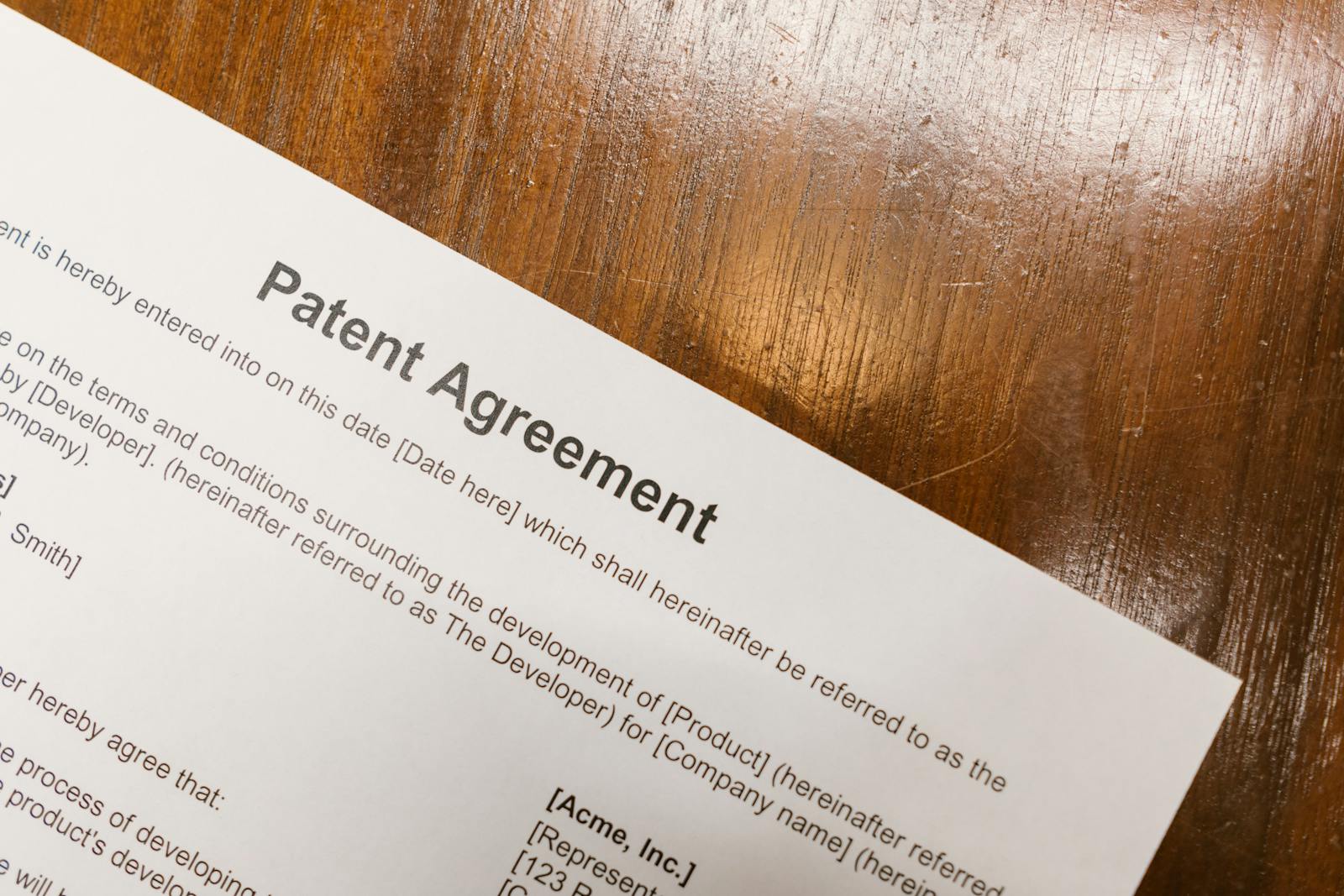Introduction to Intellectual Property Rights
In order to transform a brilliant idea into a protected, marketable product, the complex world of rights to intellectual property must be navigated. The journey from concept to patented invention includes several phases, specialized specialist knowledge, and strategic decision-making. This comprehensive guide examines the patent process, the available services, and critical considerations for inventors who want to secure their innovations.
Understanding the Patent Landscape
Inventors are granted patents for exclusive rights to their creations for a limited period of time, usually 20 years after the registration date. This legal protection prevents others from using, making, or selling the invention without permission, which creates considerable market advantages and monetization options. However, receiving a patent is neither easy nor guaranteed. The US patent and trademark office (USPTO) reports that around 50% of patent applications ultimately receive approval, often after several revisions.
The Invention Journey to Patent
The patent process begins with thorough documentation. Inventors should maintain detailed records of their creation process, including dated sketches and diagrams, development notes and iterations, prototype photos and test data, and testimonials. This evidence determines invention and development timelines – critical factors in potential disputes or patent process challenges.
1. Idea Development and Documentation
Inventors should keep a record of their invention process, including:
- Dated sketches and diagrams
- Development notes and iterations
- Prototype photos and test data
- Testimonials
2. Preliminary Patent Search
Before investing in patent applications, conducting a comprehensive prior art search is essential. This investigation reveals existing patents, publications, or products that could prevent their invention from qualifying as new or non-obvious requirements for patentability.
3. Patentability Assessment
Based on the search results, inventors must objectively evaluate the patentability of their creation. Professional evaluation services can provide this analysis and examine factors such as novelty, non-obviousness, usefulness, legal entitlement, and more.
Professional Patent Services
Companies specializing in managing inventors through the patent process offer bundled services, including support with invention, preliminary patent searches, patent application drafting, prototype development support, and marketing and licensing guidance.
Patent Aid Companies
These companies provide valuable structure for initial inventors unfamiliar with the patent process landscape. However, inventors should carefully evaluate service packages, as costs vary considerably and not all services may be necessary for every invention.
Attorneys and Agents
Patent attorneys – legal specialists with a technical background and specialized USPTO certification – represent the gold standard in preparing patent applications. Their expertise ensures that applications describe the technical details of the invention precisely and maximize the scope of legal protection.
Patent Registration Options
The USPTO offers various resources for inventors, including the Inventor Assistance Center, Pro Bono program, Patent and Trademark Resource Centers, and comprehensive online learning materials.
Provisional Patent Applications
Many inventors begin with provisional patent applications, which determine a priority date without the formal requirements of regular applications. These provide 12 months of "patent pending" status, time to refine the invention and evaluate market potential, lower initial costs, and the opportunity to attract investors while maintaining rights.
Non-Provisional Applications
The standard patent application process includes detailed specifications, claims defining the scope of legal protection, professional drawings, and formal registration documents and fees. Creating these complex documents usually requires professional support to ensure the application can withstand examination and potential legal challenges.
Beyond the Patent: Commercialization Services
Securing a patent is only one step towards successful invention commercialization. Additional services support inventors in launching products, including prototype development, licensing and manufacturing support, and marketing and sales.
Prototype Development
Professional prototype developers transform concepts into functional models for testing and refining the invention, demonstrating functionality to potential investors, preparing for production, and marketing to potential licensees.
License and Manufacturing Support
For inventors who prefer not to manufacture themselves, licensing specialists facilitate connections to established manufacturers. These services typically include market analysis, professional presentation materials, negotiation support, and license agreement development.
Conclusion
The optimal combination of patent services depends on factors such as the complexity of inventions and technical areas, market potential and competitive landscape, available budget and timeline, personal participation preferences of the inventor, and long-term commercialization goals. By understanding available services and strategically selecting adequate support, inventors can navigate the challenging journey from concept to protected, marketable products. The investment in quality services for patent processes often determines whether an invention receives legal protection and how valuable and enforceable the protection ultimately becomes.


